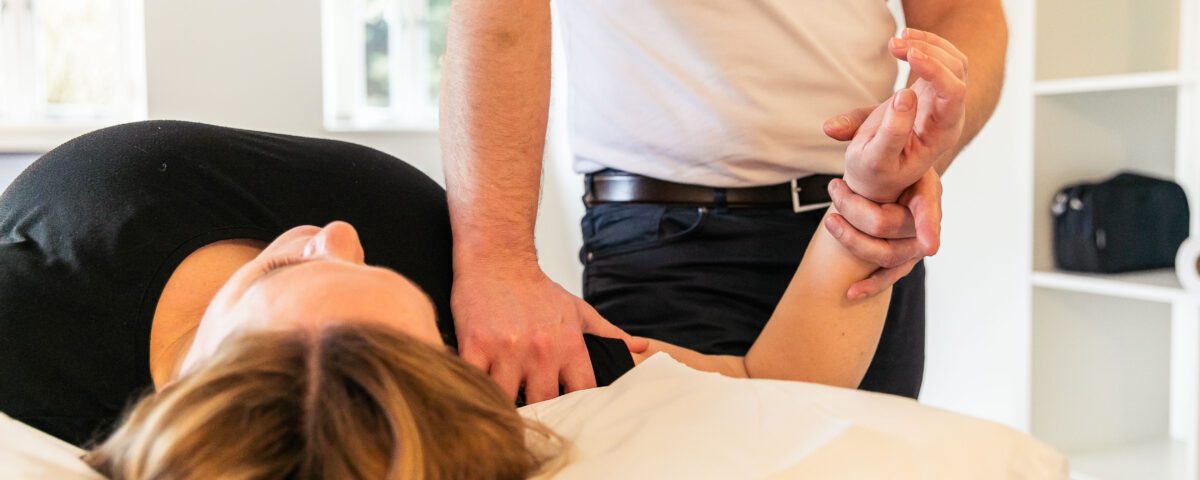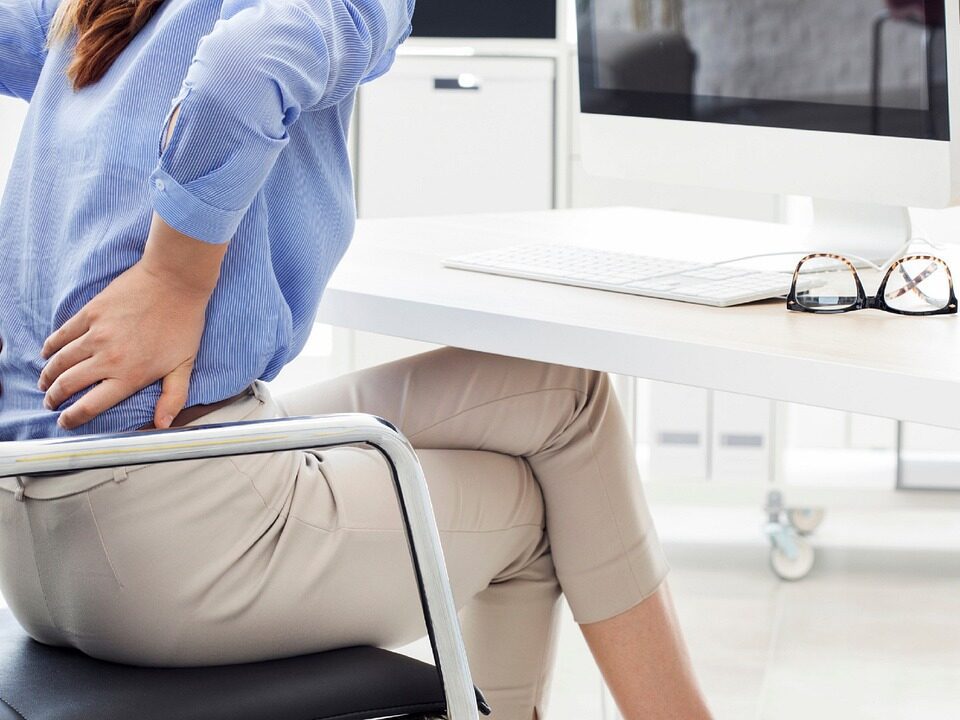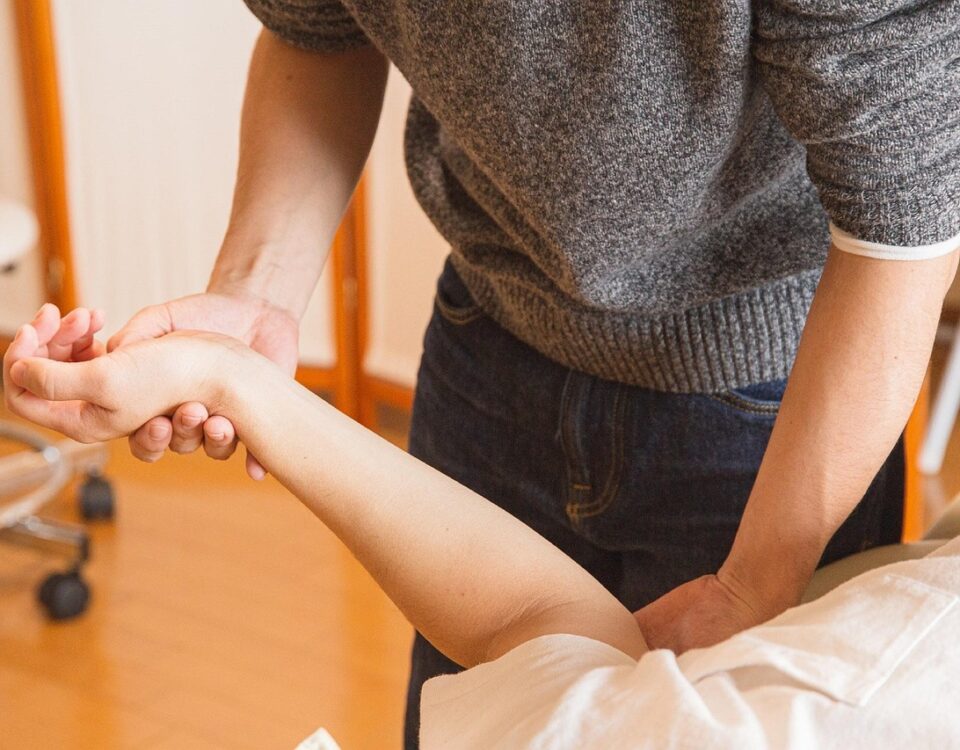
Manual Therapy with Exercise. The key to lasting results.
26 June 2025
What Your Activity-Specific Pain Might Be Telling You
28 July 2025Why Your First Osteopathy Appointment Matters
Visiting an osteopath for the first time can feel unfamiliar. Whether you’re seeking relief from chronic neck pain, exploring manual therapy for sports rehabilitation, or simply curious about Osteopathic Manipulative Treatment (OMT), knowing what to expect helps you arrive calm and prepared. Your osteopathy appointment is designed to be collaborative—combining detailed assessment, hands‑on techniques, and practical advice to support your body’s natural ability to heal.
1. Warm Welcome & Health History
Your session begins with a warm greeting and a comfortable seating area. The osteopath will spend 10–15 minutes gathering a thorough health history. You’ll discuss:
-
Your primary concerns (e.g., neck stiffness, headaches, shoulder tension)
-
Onset and duration of symptoms
-
Previous injuries, surgeries, or medical interventions
-
Daily habits: posture at work, exercise routines, sleep quality
-
Lifestyle factors: stress levels, hydration, nutrition
This comprehensive conversation ensures your practitioner understands the full context of your health and tailors the upcoming assessment and treatment to your unique needs.
2. Movement & Posture Assessment: What to Expect
Next, you’ll move through a series of guided positions and simple exercises. The osteopath observes:
-
Postural alignment while standing and sitting
-
Range of motion in key joints: neck rotations, shoulder lifts, spinal flexion
-
Muscle activation patterns during balance or light resistance tests
No special clothing is required—just wear something that allows free movement. This part of your osteopathy session pinpoints areas of restriction, imbalance, or overuse that manual therapy benefits aim to address.
3. Hands‑On Examination by Your Osteopath
The heart of your osteopathy appointment is the hands‑on examination. Your osteopath will:
-
Palpate muscles and connective tissues to locate tension, texture changes, or asymmetries.
-
Assess joint play by gently mobilizing small movements in spinal vertebrae, shoulders, or hips.
-
Test fascial glide by lifting and stretching superficial tissues to evaluate flexibility and alignment.
Based on these findings, your practitioner chooses from a toolbox of OMT techniques:
-
Soft‑tissue massage to enhance circulation and reduce muscle tone
-
Articular mobilizations to improve joint space and ease stiffness
-
High‑velocity, low‑amplitude (HVLA) thrusts (“gentle pops”) when precise joint adjustments are needed
-
Myofascial release to target deeper connective‑tissue restrictions
Each approach is explained beforehand, and you’ll always be encouraged to communicate comfort levels throughout.
4. Personalized Treatment Plan & Goals
After the examination, your osteopath reviews their observations and recommends a tailored treatment plan. You’ll discuss:
-
Short‑term goals, such as reducing acute pain or improving immediate mobility
-
Long‑term objectives, like preventing recurrence or optimizing athletic performance
-
Session frequency, often starting with weekly visits and transitioning to bi‑weekly or monthly maintenance
Setting clear, realistic goals ensures your osteopathy appointment feels purposeful and progress‑driven.
5. In‑Session Techniques: What You’ll Feel
During the treatment portion:
-
You may lie face‑up, face‑down, or sit in a supportive chair.
-
Most techniques feel firm but comfortable—like a deep stretch or rhythmic pressure.
-
You might hear soft clicks or pops when joints release; this is normal and this is just air being released from the fluid within the joint.
Many patients notice an immediate sense of ease, reduced tension, and even a boost in overall relaxation.
6. Home Exercises & Lifestyle Advice
To reinforce your OMT session, your osteopath provides simple home exercises:
-
Gentle stretches targeting tight muscle groups
-
Strengthening moves to support postural muscles
-
Ergonomic tips for your workspace or sleeping setup
-
Hydration and nutrition suggestions to aid tissue recovery
These recommendations empower you to take an active role in your ongoing well‑being between appointments.
7. Booking Follow‑Ups & Tracking Progress
Before you leave, you’ll schedule a follow‑up within 1–2 weeks. Each subsequent osteopathy appointment:
-
Reassesses movement and symptom changes
-
Adjusts techniques based on your feedback
-
Updates goals as you progress toward pain relief and functional improvement
Tracking your journey keeps treatment dynamic and responsive to your evolving needs.
Frequently Asked Questions
Is osteopathy painful?
Most patients find the manual therapy benefits firm but comfortable; any clicking or popping is normal and is usually pain free.
How long does an OMT session last?
Expect your appointment to run 45–60 minutes, including history, assessment, and treatment.
Will I need to undress?
Your osteopath will guide you—usually loosening clothing around the area being treated is sufficient.
Conclusion: Confidence in Your Osteopathy Journey
Your osteopathy appointment is more than a treatment—it’s a partnership. From the initial health history and movement assessment to targeted OMT techniques and practical home advice, each step is designed to enhance your body’s resilience and mobility. By knowing what to expect, you arrive informed, engaged, and ready to embark on a path toward lasting relief and optimal performance.
Final Word
If you’re sick of stop-gap fixes and ready for a smart, sustainable recovery process, this is the method for you. Book a session now to combine skilled hands-on osteopathy with an exercise-focused rehab plan tailored to your body. Visit our website to schedule or browse our demo library for preview drills.
To book you session just click here



